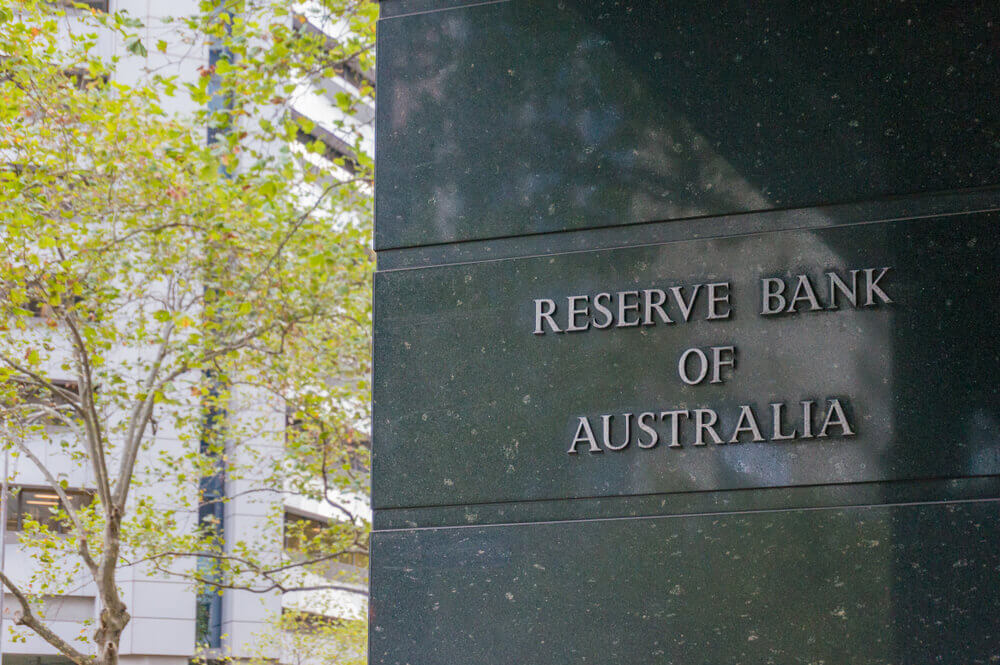
Reserve Bank of Australia Cuts Rates, US Dollar Peaks
The Reserve Bank of Australia (RBA) cut its primary cash rate to 0.75%, its lowest so far. Following the announcement, the greenback peaked, closer to a new two-year high against the Aussie and the New Zealand currency.
The dollar rose almost instantly after the rate-cut decision, inching to almost a cent higher. Additionally, the US currency also hit a 10-year high against the kiwi.
The dollar index, which measures the greenback against a basket of six major currencies, surged and hit over 99.21. Last month, the index hit a two-year high of 99.33, which was also when the greenback touched base on a 10-year high against the Aussie.
The dollar also bolstered against the yen after a disappointing Tankan survey.
Elsewhere, the euro hit a new two-year low at the beginning of the trading day, bouncing back to $1.0890 later.
The pound dropped below $1.2300.
The dollar overpowered both the single currency and sterling as Brexit drama draws out longer.
Both the Swiss franc and the Swedish krona also took a hit after major declines in both countries’ purchasing managers indexes (PMI).
Impact of the RBA’s Move
The RBA’s decision came after the economy’s slowest growth rate in ten years during the second quarter. Consequently, the move is causing more hindrances to the Chinese trade market on top of the Sino-US conflict.
Head of the Australian central bank, Philip Lowe, stated that peer pressure from primary global central banks was a key player to this decision. According to Lowe, the RBA’s board is “prepared to ease monetary policy further if needed,” implying a longer duration of stay for low-interest rates.
However, the consecutive cuts in both June and July have shown minimal results in boosting the action other than the housing market.
Moreover, reports showed a jump of 1.1% in housing prices across Australia’s major cities. Despite this, approvals to build new homes plunged, hitting rock bottom levels since 2013.
Analysts and economists anticipate a drop in the rate of construction-related jobs in the following months. More so, an unemployment rate of 5.5%, which is significantly higher than the RBA’s 4.5% target, could be looming.




